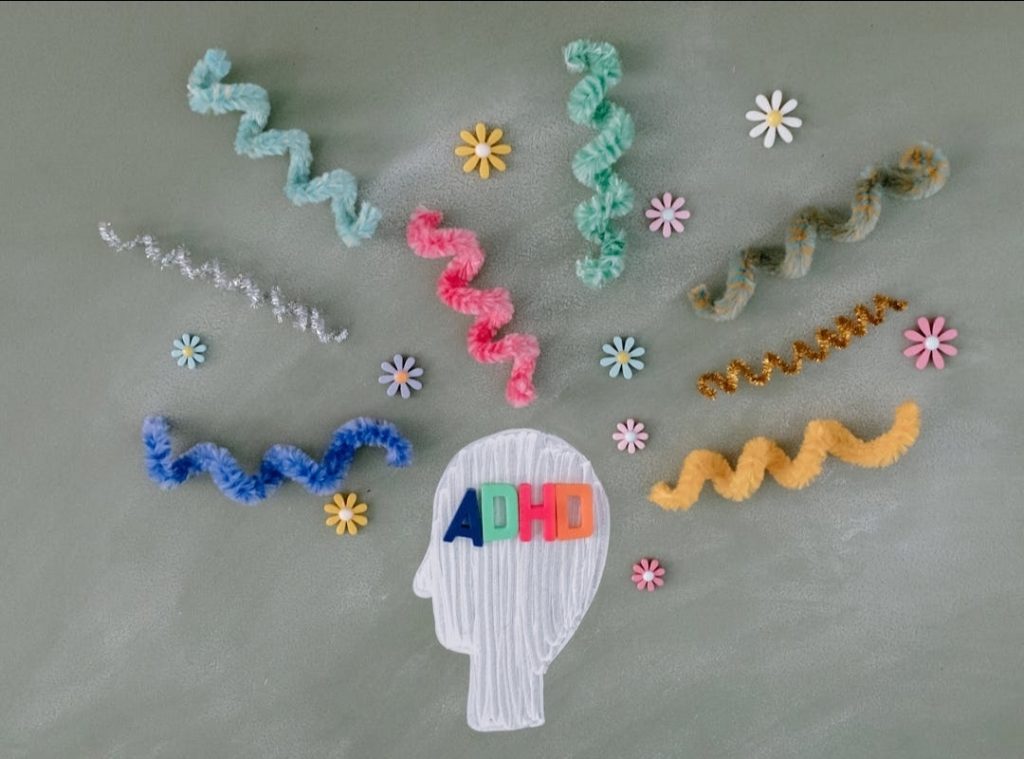The young woman in front of me rattled off her autoimmune diseases, ticking each one off on her fingers. She also shared about her sister, the only other family member she knows of who also suffers from an autoimmune disease. Chronic inflammatory demyelinating polyneuropathy (CIDP) that causes random paralysis from the immune system mistakenly destroying the nerves’ protective myelin sheath. We fell easily into conversation and although we’d just met there is an understanding between strangers when you both have an autoimmune disease. You can relate to symptoms, people’s misunderstandings, and your health journey. That shared understanding gives you an extra dose of inspiration to push forward on days when you may feel discouraged. Although those hard days will come, having a support system and good knowledge of how your body responds to the disease are two major pillars to lean on.
So, what exactly is an autoimmune disease and how does someone end up with one? Essentially, it all comes down to genes and your environment. An autoimmune disease is caused by the immune system misinterpreting healthy tissue as an invader and giving the okay for the body to attack. The body becomes inflamed, creating “debilitating joint and muscle pain, fatigue, migraines, and other chronic ‘invisible’ symptoms” that require a healthy lifestyle plus medication to keep it at bay (Jennifer Sisk, “Invisible Illness — What You Can’t See Does Hurt Her”). Once you have one autoimmune disease, it is not at all surprising to get another one affecting other parts of your body. The most common autoimmune diseases, like type 1 diabetes, inflammatory bowel disease, anemia, arthritis, and multiple sclerosis have been around much longer than just the 21st Century. But there are also many other recently recognized diseases impacting thousands of people with seemingly no end in sight.
The list of autoimmune diseases has grown exponentially over the last 50 years, in conjunction with some would say, the rise of Western industrialization. You would think with all of our modern medical marvels and gyms on every corner we are the healthiest we have ever been. It may be true for some, but we are also the sickest. The overuse of antibiotics, chemicals, and processed foods have made our bodies turn on us and attack vital organs and cells. Add on the negative effects of highly stressful lives and sedentary days sitting in front of a screen, and our health takes a toll. Showing up not only on the outside of our bodies, but also on the inside.
Although suffering from an autoimmune disease is becoming more common and doctors are less skeptical, there are few and slow developments in the way of a cure for many of these invisible illnesses. Lifestyle, diet, and medication are the ways to keep people afloat in the meantime. However, it is not enough for some. Yvette Colón, MSW, PhD, Director of Education and Internet Services for the American Pain Foundation, says, “People with pain and other chronic illnesses often experience interrupted sleep; interference with eating, thinking, and concentration; and decreased physical and sexual activity. They may be unable to enjoy being with family and friends. Anxiety and depression are common.” Being unable to live a full life because of autoimmune symptoms proves how something needs to change. Whether it’s the way medical researchers should join forces instead of studying and treating diseases independently or our environment – how and where we live (Tessa Love, “Why Are Autoimmune Diseases on the Rise?”). We can’t control if a person gets an autoimmune disease, but how we react to it will make a difference long term. This could mean better medication, delaying the disease course for someone with genetic markers, or creating advocates for a sympathetic community.
Having a good support system in place makes a significant impact on the person’s mental and physical health around the disease. As physiotherapist Anne Cattarello, MA, PhD, says, “…thinking you are bad because you feel bad, doesn’t help your outlook with a chronic disease. Building a supportive community, being an advocate for your disease, and taking one day at a time will give you a meaningful and healthy life.” A support system will look different for everyone, but many agree it should at least include your doctor, those you live with, and/or your family. However, some people who suffer from autoimmune diseases still have to convince those in their circle about their limitations. If the disease doesn’t impact what you look like on the outside, people have a difficult time believing there is something wrong. International Disability expert Joni Eareckson Tada explains, “People have such high expectations of folks…with invisible disabilities, like ‘come on, get your act together.’ But they have such low expectations of folks like me in wheelchairs, as though it’s expected that we can’t do much.” (Wayne Connell, “From Defining Invisible Disability to Invisible No More — What is an Invisible Disability?”). This is also why many communities, online and in-person, have formed for people to meet and talk with others who have the same autoimmune condition. It changes your mindset when you know you are not struggling alone.
When you feel like you have cheerleaders on the sideline, you are more motivated to be in front of your disease. However, only you can decide to feel better. I’ve heard too many stories of people not wanting to take care of their body even if they have some resemblance of a support system. Like the saying, “You can lead a horse to water, but you can’t make it drink.” For someone who is ready, therapy can help you accept and cope with your disease, set attainable goals, and change a negative mindset and beliefs. A physiotherapist, like Cattarello, has therapeutic goals for managing symptoms. Body awareness is an effective one she uses on her own patients with chronic fatigue to stay on top of the symptoms, since you can never fully control the disease. Body awareness allows you to act on the belief your body is your friend and not an enemy. Whether having body awareness is accomplished professionally through somatic-oriented psychotherapy or by a doctor informally telling you to “take the bull by the horns” (true story), it can make all the difference for someone willing to take care of themselves. In conjunction with therapy, practicing self-care also gives you better body awareness. You may find yourself pushing past your limitations to prove your body can handle it but being able to find a “balance between activity and rest” will help keep symptoms in check.
With over 100 autoimmune diseases and counting, impacting millions all around the world, it makes you wonder how we got here. Whether it’s anxiety, industrial chemicals, Vitamin D deficiency, or a less diverse range of microbes, we could worry ourselves sick over what causes our body to attack healthy tissues. Theories and finger pointing aside, finding a balance to holistically take care of yourself, get outside, and not be sucked into the hustle are some of the best ways to prevent or maintain health with an invisible, autoimmune condition.
Her Nexx Chapter invites you to join our free Community where women from around the world are connecting with each other’s stories, exploring different experiences, and transforming ideas.
The Future of Connection for Women








0 Comments